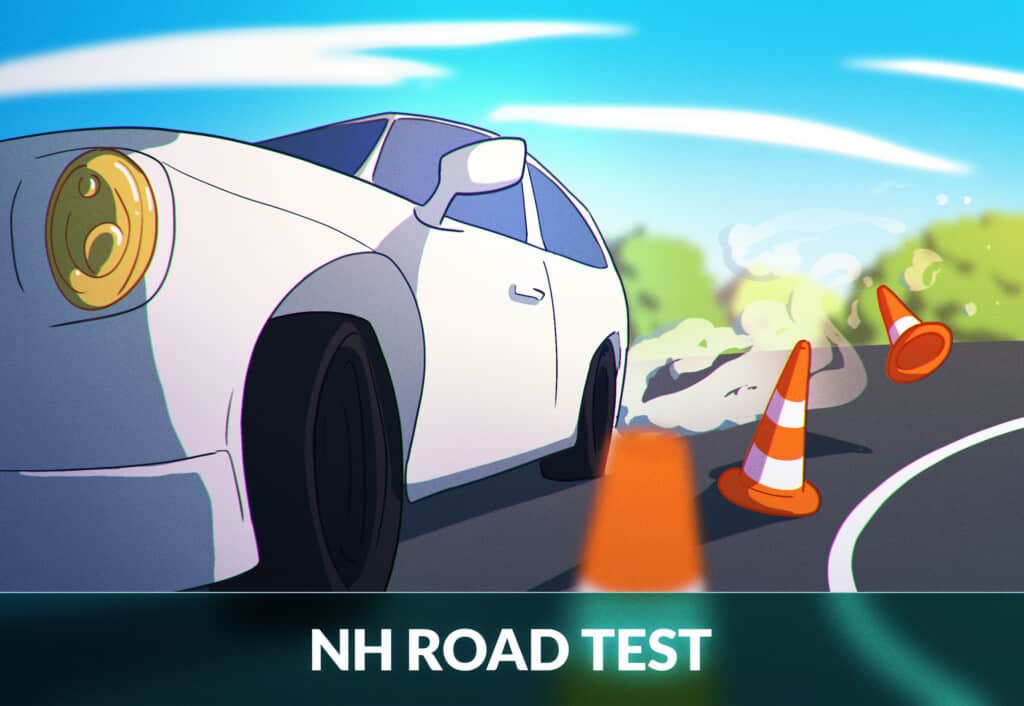

- DRIVERS ED MANUAL NH ANSWERS DRIVER
- DRIVERS ED MANUAL NH ANSWERS FULL
- DRIVERS ED MANUAL NH ANSWERS FREE
Driver-trainees are not required to demonstrate proficiency in these skills. **These topics must be discussed during public road training, but not necessarily performed. Skid Control/Recovery, Jackknifing, and Other Emergencies**.


Vehicle Inspection Pre-Trip/Enroute/Post-Trip.The instructor must cover all training topics listed in the Class A or Class B CDL BTW curriculum, which includes:
DRIVERS ED MANUAL NH ANSWERS FULL
Individuals obtaining a Class A CDL who do not already hold a Class B CDL must complete the full Class A theory standard curriculum. This amended rule applies only to Class B CDL holders.
DRIVERS ED MANUAL NH ANSWERS FREE
* On March 5, 2019, the FMCSA amended the level of theory training for individuals who are upgrading from a Class B to Class A CDL by removing eight topics within the area of “Non-Driving Activities.” However, Class B CDL holders upgrading to a Class A CDL are free to choose to complete the Class A theory instruction standard curriculum.
DRIVERS ED MANUAL NH ANSWERS DRIVER
The State Driver Licensing Agency (SDLA) must verify that the entry-level driver has completed the required training by checking information stored in the TPR before allowing the driver to proceed with testing.įurthermore, any school, employer, union, or individual providing training must register their program with the FMCSA and self-certify that their program meets or exceeds all ELDT requirements in addition to all federal, state, and local laws. The training must be provided by an entity listed on FMCSA’s Training Provider Registry (TPR). In the case of a hazardous materials (H) endorsement, the driver must complete mandatory theory training prior to taking the knowledge test for the H endorsement. Under the new requirements, no entry-level driver may take a CDL skills test to receive a Class A CDL, Class B CDL, passenger (P) endorsement, or school bus (S) endorsement unless the driver has successfully completed a mandatory theory (knowledge) and behind-the-wheel (BTW) ( range and public road) training program as outlined in 49 CFR Part 380 Appendices A through F.


 0 kommentar(er)
0 kommentar(er)
